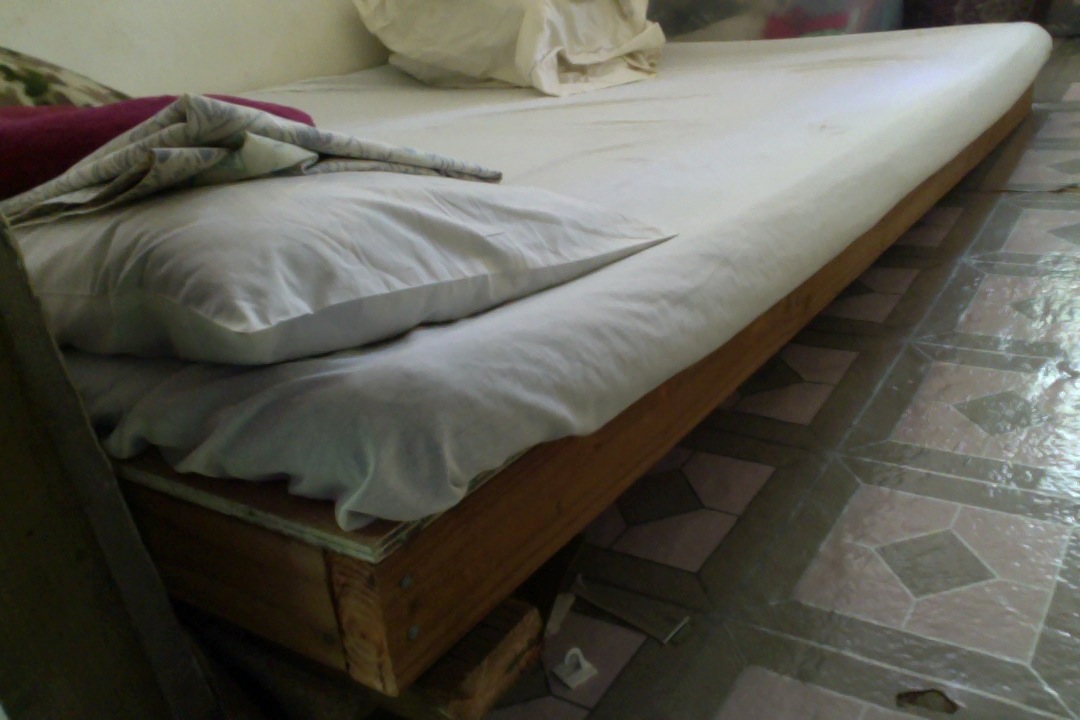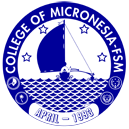 Inclined Bed Therapy:The Effect of Sleeping on an Inclined Bed on Diabetic Individuals
Inclined Bed Therapy:The Effect of Sleeping on an Inclined Bed on Diabetic Individuals
Erica Billen, Tetaake Yee Ting Pohnpei Island Central School (PICS) High School, College of Micronesia-FSM, Pohnpei, Micronesia
Published on
Introduction
According to several researchers, traditional horizontal sleeping has been shown to prevent the ability of the body's circulatory system to function at an optimum level; thus, this sleeping position causes restricted blood flow and the inability of the lymphatic system to flush out the toxins that accumulate in the many networks of vessels throughout the body. Inclined Bed Therapy (IBT) tends to solve this problem. Introduced by Andrew K. Fletcher, Inclined Bed Therapy (IBT) involves sleeping on a bed raised at the head between 4 and 8 inches using bricks, wedges or blocks. This utilizes the force of gravity to improve the circulation of the body while asleep and taking advantage of this by allowing body cells to heal and regenerate on their own. Circulation is maintained and improved from changes in all fluid densities in the lymphatic system due to gravity. For this, reports from users around the world stated that Inclined Bed Therapy can be useful in disorders such as spinal cord injury, back pain, acid reflux or GERD, sinus and respiratory disorders, sleep apnea, poor circulation, blood pressure, multiple sclerosis and diabetes. In this study, we examined the effect of this Inclined Bed Therapy on diabetic individuals whether it is effective in controlling blood sugar. We hypothesized that sleeping on an inclined bed eventually decreases blood sugar levels.
Methods
Initially, there were 13 individuals or volunteered participants registered of which 12 had been diagnosed by their health service provider to be diabetic and 1 was diagnosed as pre-diabetic. The method was very simple. Interview with participants was conducted and participants were evaluated and monitored while sleeping on an inclined bed raised initially at 4 inches head up position and 6 inches after four weeks. This was done with either 4 to 6 inches bricks or pairs of 2X4 wood blocks stacked together under the two legs of the bed at the head to resemble the inclined bed dimensions shown in the diagram and demonstration picture below.
Blood glucose in mg/dL were taken and measured before using IBT from individuals’ blood sample using ACCU-CHEK Aviva system and also after several weeks while using IBT. Due to accessibility and transportation limitations, Fasting Blood Sugar(FBS) readings were taken only from 5 individuals and Random Blood Sugar(RBS) readings were taken from the remaining 8 individuals.
Throughout the course of the study 2 participants did not make it at some days to be consistent in using their inclined bed due to family funeral commitments and church community activities such as prayer retreats and church feastings
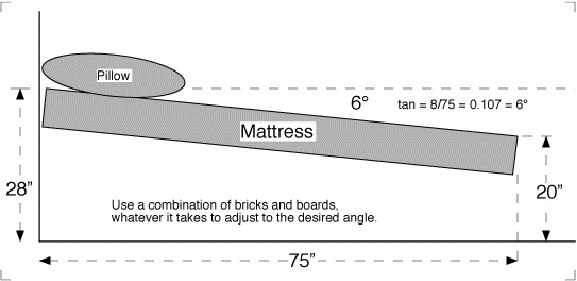 Figure 1. Dimensions and angle of inclination for Inclined Bed as recommended by Andrew K. Fletcher
Figure 1. Dimensions and angle of inclination for Inclined Bed as recommended by Andrew K. Fletcher
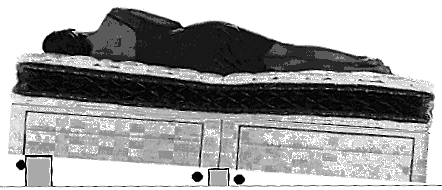 Figure 2. Practical demonstration of preparing a bed for use in Inclined Bed Therapy.
Figure 2. Practical demonstration of preparing a bed for use in Inclined Bed Therapy.
Results
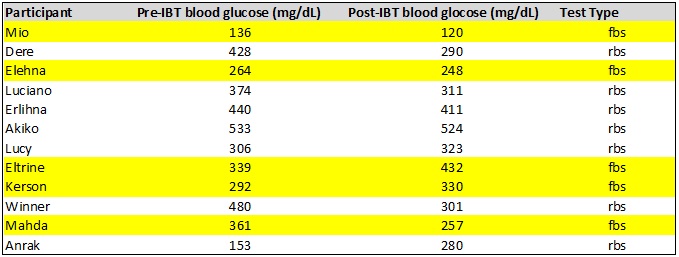 Table 1. Blood glucose readings of participants prior to using Inclined Bed Therapy and after one month of using Inclined Bed Therapy. Yellow highlights indicated fbs readings.
Table 1. Blood glucose readings of participants prior to using Inclined Bed Therapy and after one month of using Inclined Bed Therapy. Yellow highlights indicated fbs readings.
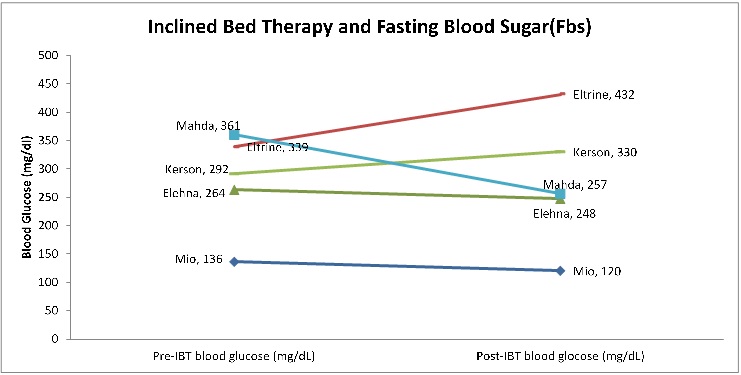
Figure 3. Graphical presentation of Fasting Blood Sugar (Fbs) readings for participants prior to using Inclined Bed Therapy and after one month of using Inclined Bed Therapy.
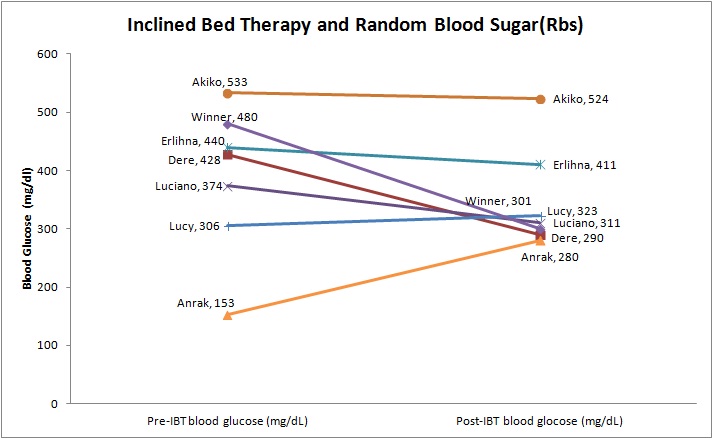 Figure 4. Graphical presentation of Random Blood Sugar (Fbs) readings for participants prior to using Inclined Bed Therapy and after one month of using Inclined Bed Therapy.
Figure 4. Graphical presentation of Random Blood Sugar (Fbs) readings for participants prior to using Inclined Bed Therapy and after one month of using Inclined Bed Therapy.
Practical Illustrations
Photo 1. Wooden homemade bed raised at the head by stacking pairs 2X4 wood blocks to make an elevation height of 4”. Photo by Mio (participant).
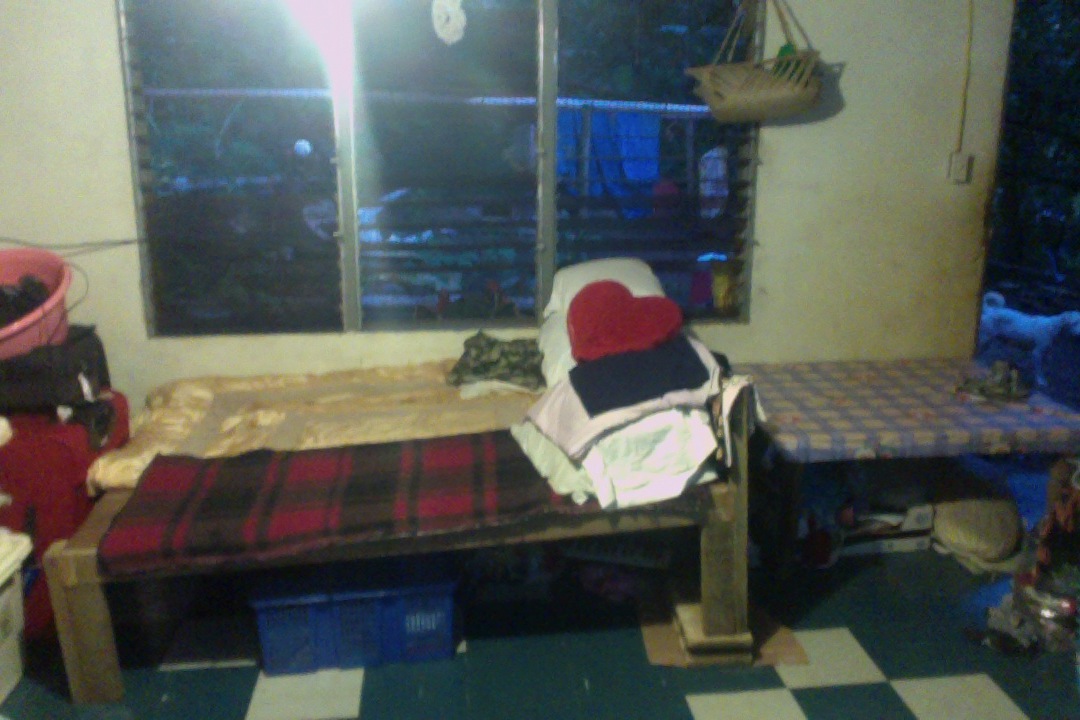
Photo 2. Wooden homemade bed raised at the head using a pair of 4” bricks to make an incline. Photo by Elehna (participant).
Discussion
From the FBS testing group, none of the 5 participants were on prescribed medication to control their blood sugar levels. After one month of using Inclined Bed Therapy, 2 showed elevation in their blood sugar levels while the other 3 showed reduction in their blood sugar levels. While looking at the 7 participants in the RBS testing group, only 2 showed elevations in their blood sugar while the remaining 5 showed reductions in their blood sugar readings. 5 of these 7 participants were on prescribed medication. One of the 2 who showed elevations in blood sugar readings was on prescribed medication.
Investigating behind the elevated readings of both testing groups, Eltrine from the FBS group was off from using inclined bed for a few days by attending a home away prayer retreat which was followed by a one week church feasting activity. Kerson from the same group had to leave his home and stayed away for a few days to attend a family funeral. Funeral activities and ceremonies in Pohnpei involved participating in many food catering, meals and drinking of kava for almost a week. The two participants both admitted to have had anticipated and felt an elevation in their blood sugar levels from the activities.
Lucy from the RBS group was on prescribed medication and had been missing on her doses a few days in a row during throughout the duration of the study. Anrak from the same RBS group was not on any medication but had not been watching much over what she ate. She mostly had oily and fatty meals.
All Participants listed other problems including: back pain, edema, difficulty sleeping, frequent night urination, snoring, morning light headedness and pain in joints. All participants claimed to have noticed improvement in all these problems.
The results have indicated that Inclined Bed Therapy may improve efficacy in reducing blood sugar levels only in attempted measures. However, further analysis and extended study should be required to validate this. Perhaps, one month was too early to provide us with final and most reliable conclusion.
Acknowledgments
Supported by College of Micronesia-FSM Public Health, Training Lab, Nursing Program and Dispensary. Special thanks to Andrew K. Fletcher for providing supporting information and advise and for Tetaake Yee Ting for assisting and mentoring during the study as well as Dr. Paul Dacanay for instrumental support and assistance in communicating deadlines

